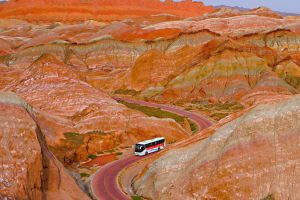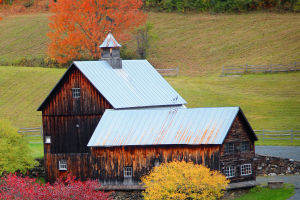The aurora, a colorful and luminous phenomenon, graces the high magnetic latitude regions of our planet. It is a breathtaking display that occurs in the upper reaches near the north and south poles of the Earth, resulting from the influx of charged particles from the sun into the Earth's magnetic field.
Commonly known as the Aurora Borealis at the South Pole and the Northern Lights at the North Pole, this celestial spectacle captivates observers with its ever-changing shapes, which often manifest as bands, arcs, curtains, or shimmering waves.
Most auroras materialize between 90 and 130 kilometers above the Earth's polar regions, with cloud cover rarely exceeding 12 kilometers. Therefore, if the sky is obscured by clouds, the aurora remains hidden from sight. The colors most frequently observed during an aurora display are red and green.
Nitrogen and oxygen, the predominant constituents of the Earth's atmosphere, become excited by electrons and emit red and green light, respectively.
Typically, the top of the aurora, farther from the ground, showcases shades of red, while the colors closer to the bottom tend to lean blue-green hues. However, witnessing a vivid red aurora is quite rare, as it requires exceptional strength and intensity.
Beyond its captivating beauty, the aurora holds deep symbolic significance in various cultures. In Norse mythology, the aurora represents the gods' luminous spirits and symbolizes auspiciousness and good fortune.
In Alaskan Indian culture, the aurora is revered as the embodiment of ancestral spirits, and observing its brilliance is believed to facilitate communication with these revered predecessors.
Auroras commonly occur within two ring-shaped regions encircling the Earth at approximately 67 degrees north and south latitude. The city of Fairbanks, Alaska, dubbed the "capital of the Northern Lights," enjoys over 200 days of aurora displays annually.
Iceland, situated entirely within the auroral belt, is another popular destination for northern hemisphere aurora enthusiasts. The Southern Lights, known as the Aurora Australis, can be observed in the high latitudes of South America, Australia, New Zealand, and Antarctica.
Sadly, the aurora faces threats from climate change and human activities. Climate change, with its impact on the chemical composition of Earth's atmosphere, may influence the frequency and intensity of auroras.
Furthermore, human activities have introduced additional challenges. Light pollution and air pollution interfere with the observation and appreciation of the aurora. Protecting the natural environment where the aurora thrives has become paramount.
Numerous organizations and individuals are actively engaged in promoting aurora conservation and sustainable tourism practices. Their efforts focus on minimizing the environmental impact on polar regions, adopting sustainable tourism methods, and ensuring that tourist activities do not harm the delicate ecosystems associated with the aurora.
Additionally, scientific research is ongoing to enhance our understanding of the mechanisms underlying aurora formation and fluctuations, aiding in the preservation and appreciation of this natural wonder.
The aurora is a precious gift bestowed upon us by nature, enchanting us with its magnificent spectacle and mysterious allure. We must cherish and respect the aurora, taking sustainable actions and implementing environmental protection measures to ensure that future generations can also revel in its splendor.
Simultaneously, we must intensify scientific research on the aurora, delving deeper into its mysteries, and illuminating mankind with enhanced knowledge and enlightenment about the universe and nature.


